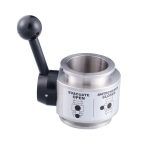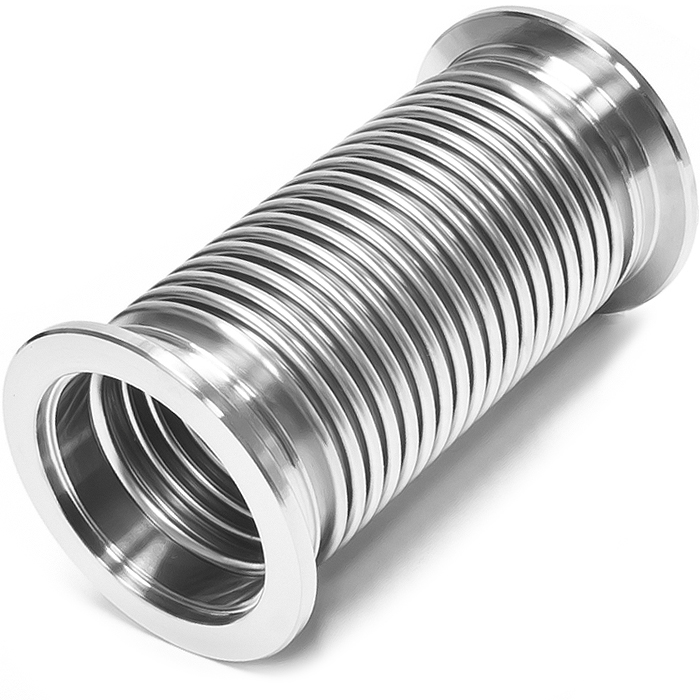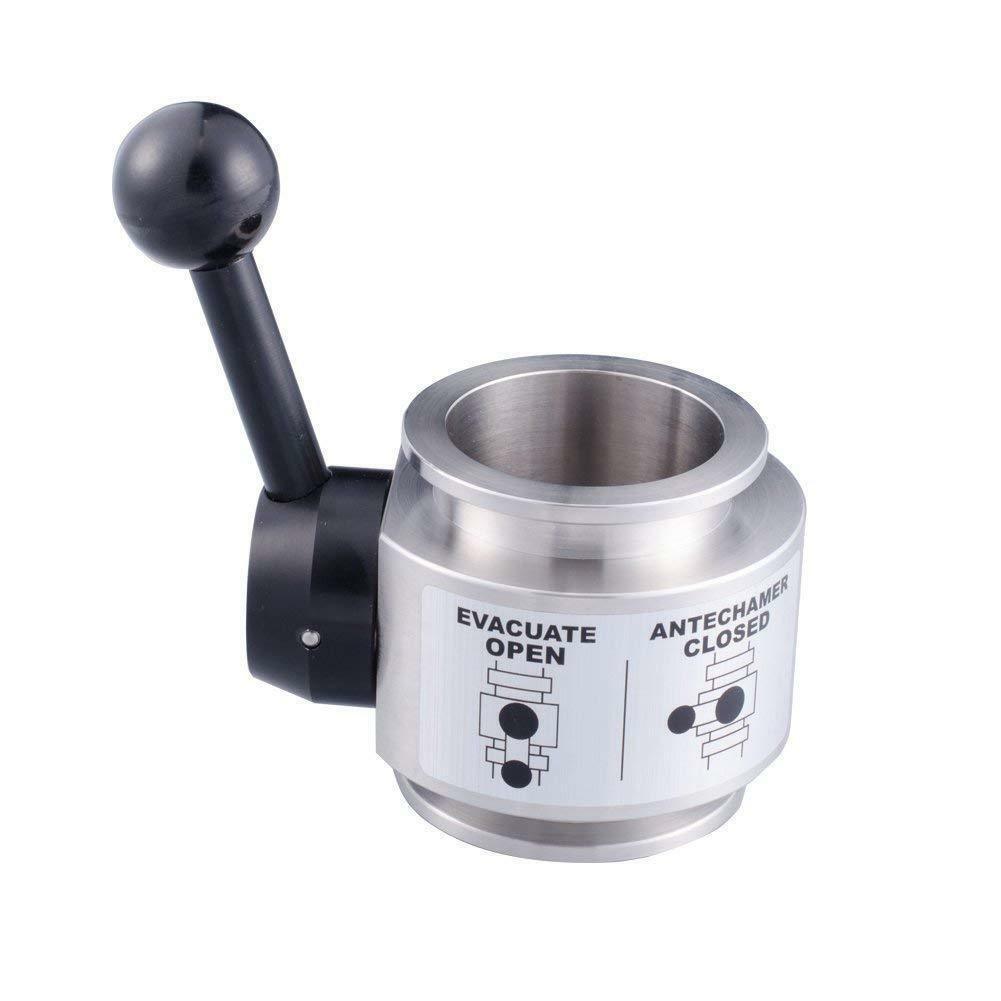
Vacuum Valve Should be Pressure Tested before Installation
The vacuum valve should be pressure tested before installation to ensure the tightness and safety of the valve itself.
(1) Strength test. The strength test uses water as the medium; weld high-pressure-caps on the sleeves on both sides of the valve. After opening the valve to 45 degrees Celsius, inject water into the ball valve through the pressure test valve on the sleeve. Boost the pressure to 1.5 times the nominal pressure of the ball valve, holding pressure for 15min; no leakage is qualified.
(2) Tightness test. The tight test uses nitrogen as the medium; close the ball valve. Inject nitrogen into the ball valve from the pressure test valve on the sleeve. The pressure rises to 1.1 times the nominal pressure of the ball valve. Insertion depth is 1cm; no bubbles are qualified within 5min.
The main products are: vacuum valves, vacuum chambers, vacuum bellows, CF flange series, ISO flange series, KF flange series, elbows, tees, crosses, clamps, calipers, center brackets, outer brackets, 0Z bracket, oxygen-free copper gasket, plastic protective cover and customizable vacuum pipes and non-standard parts. Products are widely used in high-tech industries such as semiconductor manufacturing, national defense research, aerospace, biopharmaceuticals, liquid crystal, photovoltaic solar energy and so on.
We hope to cooperate with all fraternal units to develop vacuum application products, and warmly welcome customers at home and abroad to discuss cooperation with us, and work together to create brilliant.






